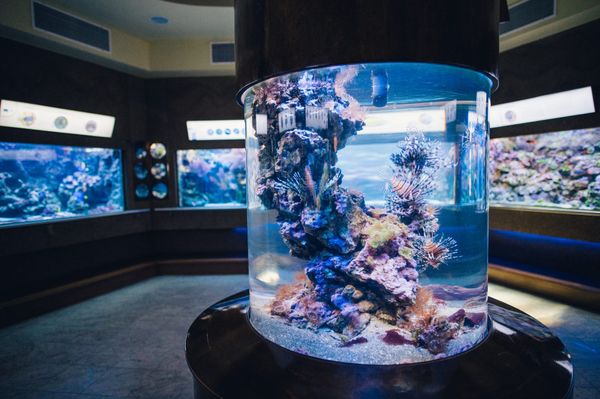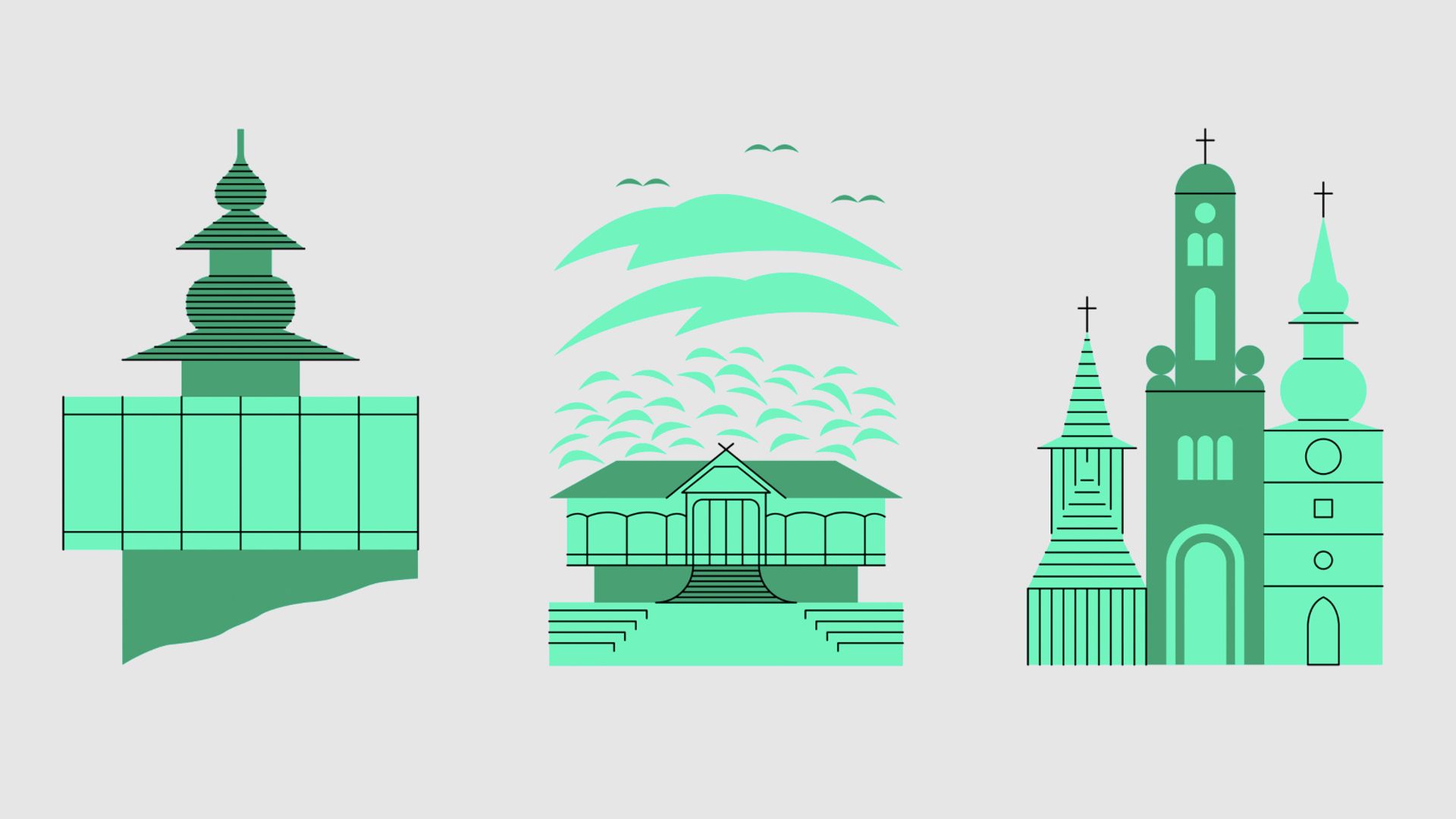The recently released publication titled Možnosti vesnice (Village Potentials) offers an urbanistic portrait of twelve Czech villages. It is an alternative travel book for architecture fans and curious explorers, while it could also offer inspiration to architects, mayors and other countries in the region, by shifting the spotlight from big cities to the countryside.
The joint mission of the author and creative duo of Michaela Hečková and Matěj Chabera is to present contemporary Czech architecture. The collection focuses particularly on the architectural, social and cultural transformation of the past twenty years through Czech villages with a notable progressive urbanistic development. When selecting the twelve examples, particular attention was paid to diversity both in terms of architectural styles and the management strategies of local governments. The background research and the series of in-depth interviews unveil hidden stories, various motivations and creative compromises to the readers with the aim of capturing the factors inducing changes.

Even though the book was released in Czech language, the mentality and the concept can both serve as good examples for other countries of the region, too. We asked author Michaela Hečková to bring a few examples for our readers:
“A great example for solving local problems in an elegant manner is the village of Bratčice that lies south of Brno: originally their village square had a fire water reservoir full of mud as its center piece and public space with little benefit for locals or visitors. Working with landscape designer Dan Šamánek, the village management has converted the damp muddy land into a smart system for water retention in the form of a beautiful lake and hidden tanks. The result is a place that works in harmony with nature and gives the locals and visitors a delightful area to spend time in all year round,” Michaela shared with us.
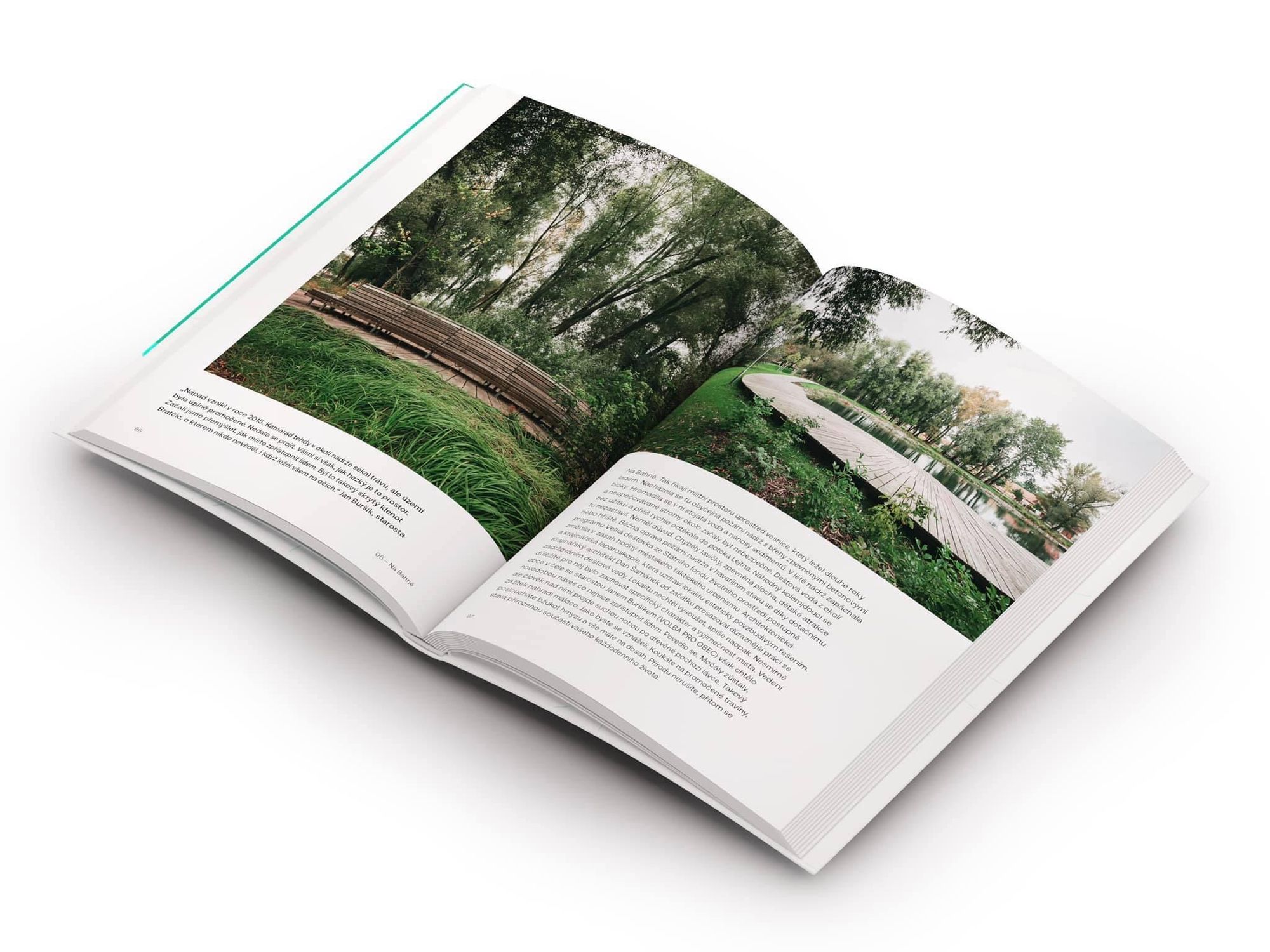
“Another great place is the Caolinum center by architect Jakub Chvojka in Nevřeň, a small village next to Pilsen—the ex-European Capital of Culture. When the local pub burned down some years ago the village faced a difficult process of finding a new plan for the site that would provide a place of social gathering for the local people but next to that they also wanted to embrace one speciality they have. The result is the underground Caolinum Center, a multipurpose space that functions as a pub, a local museum and a place for all kinds of social activities. It is also the starting point of a beautiful walk to the kaolin mine located in the nearby forests,” the author explained.
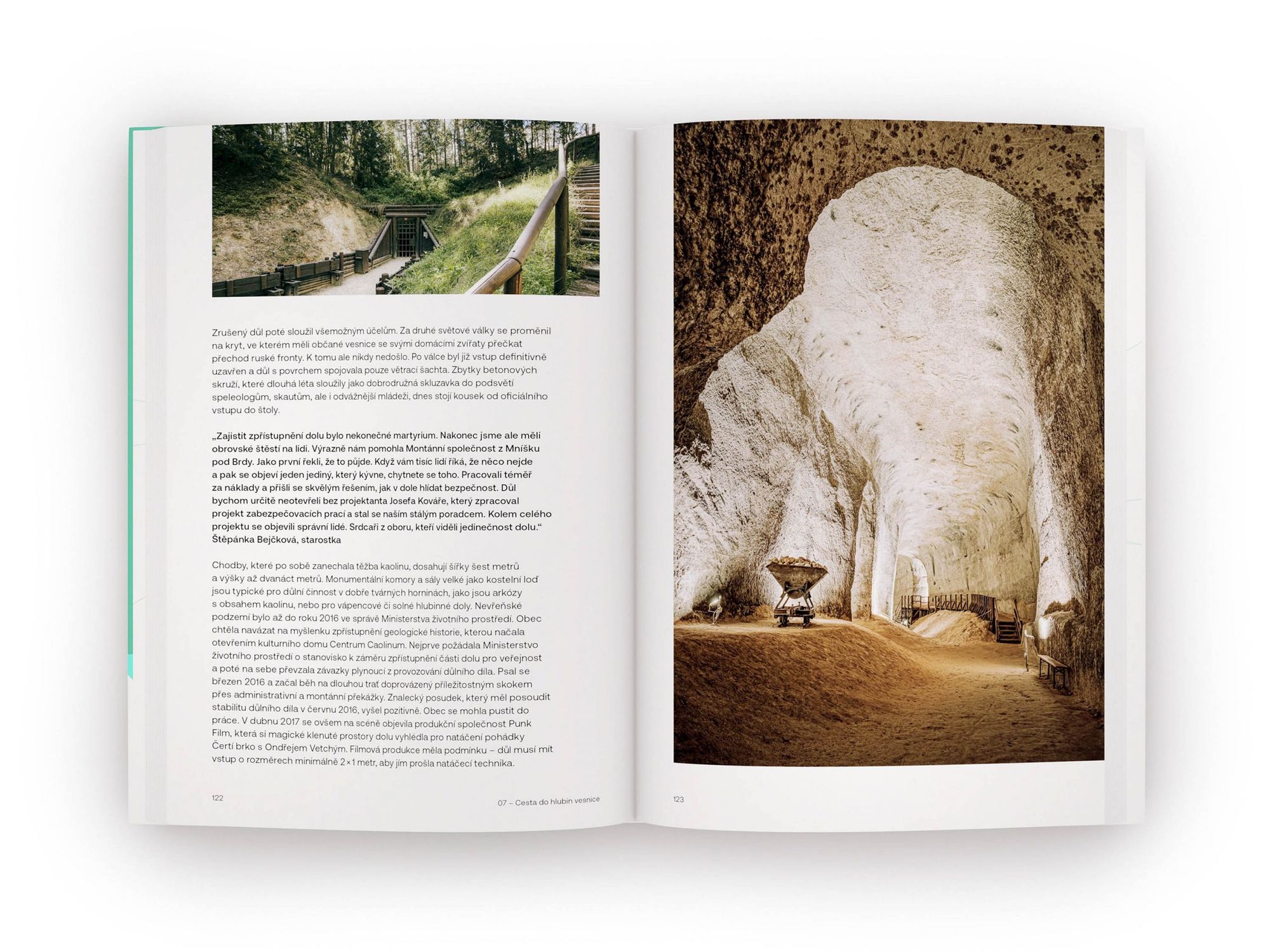
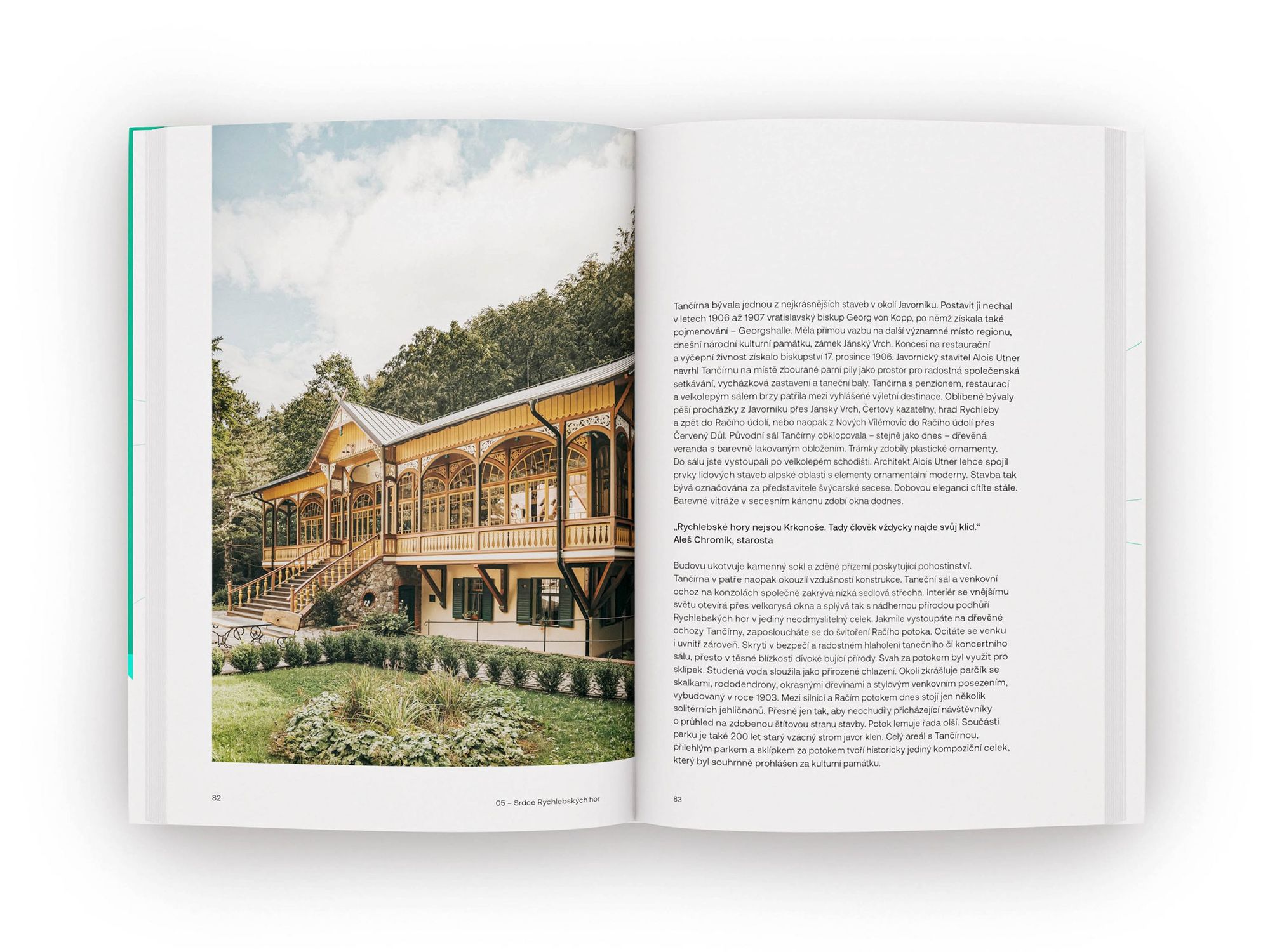
The photos and graphics were made by Matěj Chabera: with the photos, he aimed for a neutral documentation, while the visual concept is intended to convey an easy to comprehend and optimist atmosphere. The recurring, abstract potato shapes symbolize an entity in constant change, which continuously grows and turns into something new: just like the Czech villages do.

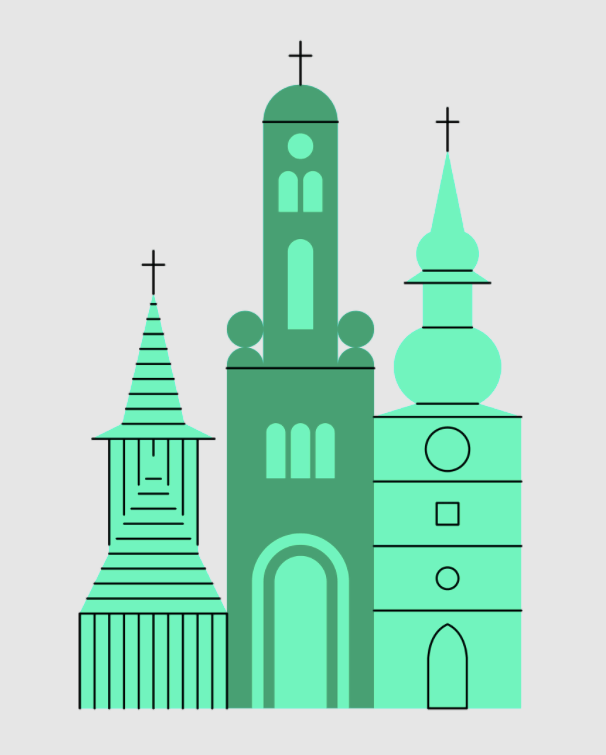

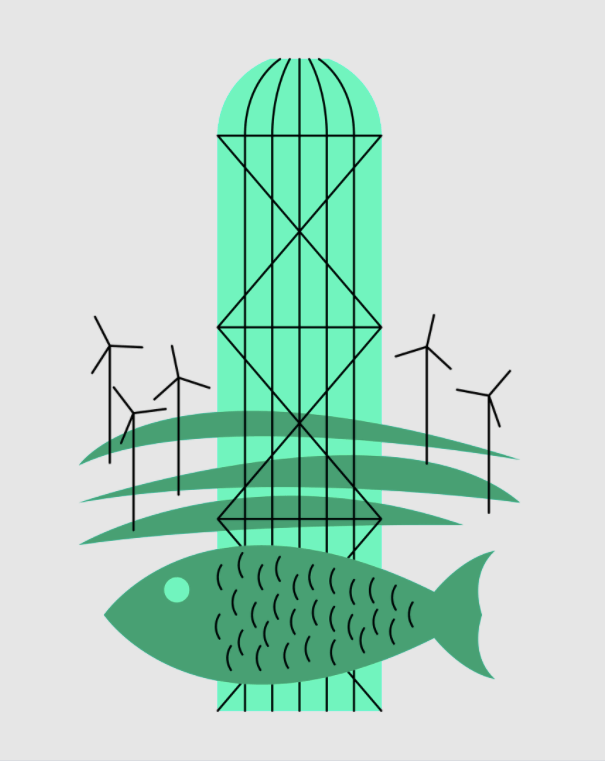
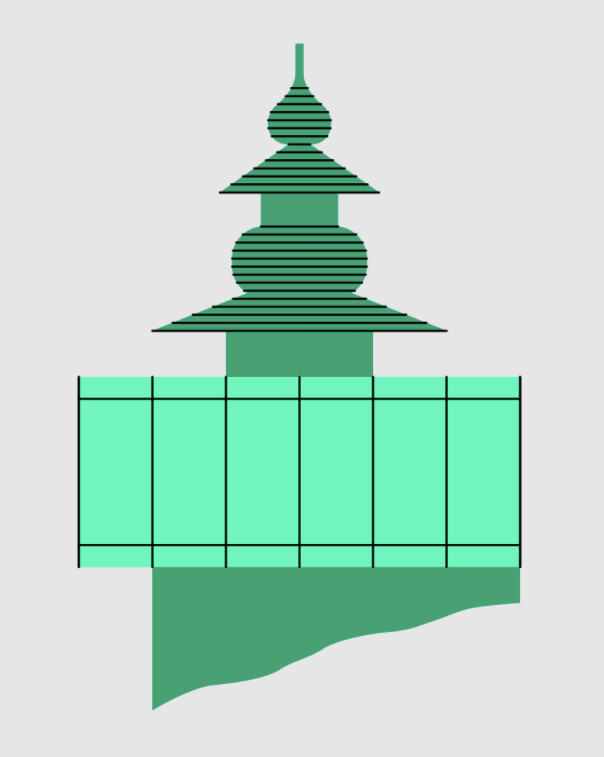
Možnosti vesnice | Web
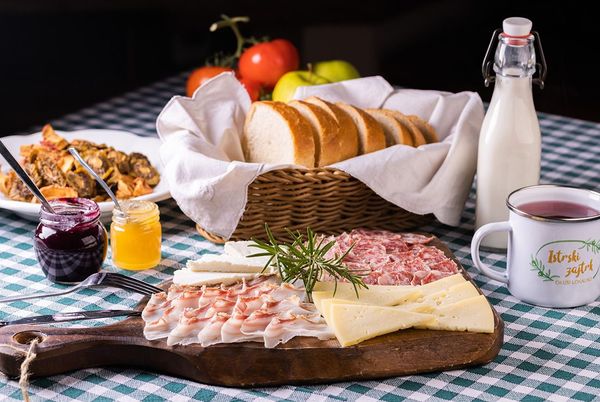
Flavors of Istria from Slovenia for breakfast | Istrian Breakfast
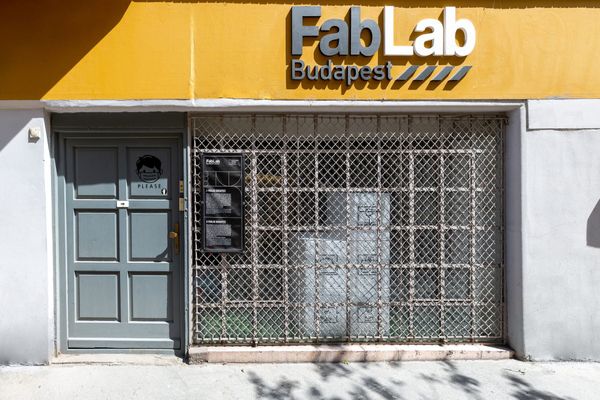
FabLab10 | One day in the workshop with Adrienn Veres
